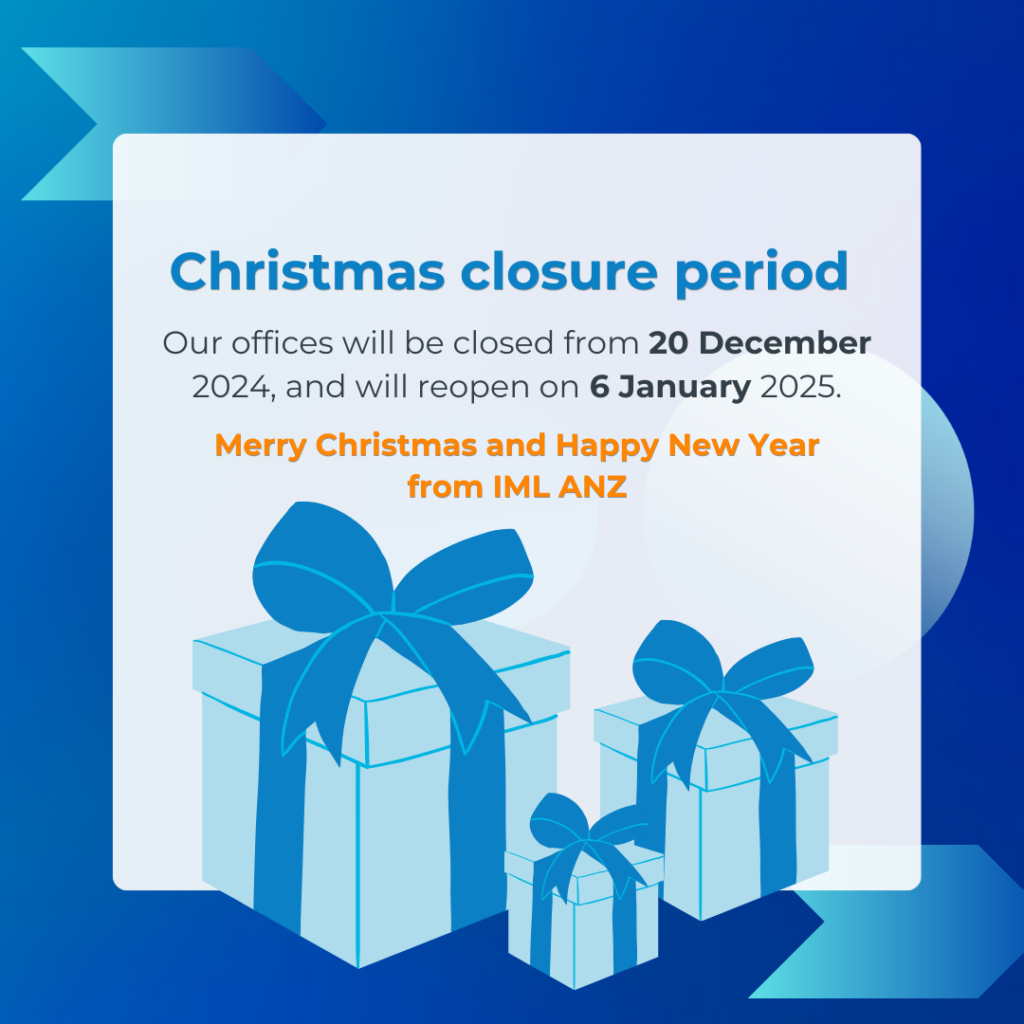Risk-taking is a defining quality of leadership. When I started my first physiotherapy practice in a home carport, it was a leap of faith. With limited resources and no guarantee of success, it was tempting to stay safe. Yet, that decision laid the foundation for what would become a thriving national brand – the Back In Motion Health Group. Risk-taking is not about recklessness; it’s about stepping into uncertainty with preparation and resolve.
Pop culture often celebrates bold risk-takers. Think of Elon Musk betting on Tesla’s vision of electric vehicles or Oprah Winfrey launching her network at a time of declining traditional media. These stories resonate because they reveal a universal truth: transformative leadership requires courage to act despite ambiguity.
Calculated Risks Drive Innovation
Risk-taking is not synonymous with blind leaps into the unknown. Calculated risks, grounded in research and preparation, are the engines of innovation. In business, this means testing hypotheses, investing in new technologies, or venturing into uncharted markets with a clear strategy.
One personal example was the decision to franchise our physiotherapy model. Franchising in healthcare was uncommon at the time and carried a stigma. However, by conducting thorough market research and piloting the concept, we mitigated potential downsides. The result was not just growth but an entirely new pathway for clinicians to build thriving careers.
Industry best practices reinforce this approach. Companies like Google embrace calculated risks through initiatives like “20% time,” allowing employees to dedicate part of their workweek to passion projects. Many of these projects, including Gmail and Google Maps, have become industry-defining innovations. The lesson is clear: calculated risks often lead to breakthroughs.
Building a Risk-Tolerant Culture
Leaders set the tone for how risks are perceived and embraced within their organisations. Fostering a risk-tolerant culture begins with creating an environment where experimentation is encouraged, and failure is not penalised but viewed as a stepping stone to growth.
A turning point in my own leadership journey was realising that fear of failure could stifle creativity within our team. To address this, I implemented an internal program where team members could propose and trial innovative ideas with minimal bureaucracy. We celebrated successes and, crucially, shared lessons from failures openly. This transparency not only reduced fear but also inspired a surge in new ideas.
Apple’s legendary co-founder Steve Jobs exemplified this mindset. Jobs famously said, “Innovation is saying no to 1,000 things.” His willingness to take calculated risks, even rejecting conventional wisdom, created products that revolutionised entire industries. By embracing risks as opportunities to learn and grow, leaders can empower teams to think outside the box. well-being and engagement of their employees and as a result positively impacts results and positions the organisation for long-term success in an ever-changing world. That’s something that every business leader wants in 2024 and beyond.
Balancing Risk and Prudence
While fostering a risk-taking culture is essential, it must be balanced with prudence. Leaders need to assess the potential impact of risks on their people, finances, and reputation. This requires a framework for evaluating risks systematically.
For example, when we decided to invest in proprietary software for our physiotherapy practices, we weighed the potential benefits against significant upfront costs. The decision involved input from multiple stakeholders, robust financial modelling, and a phased implementation plan. The outcome was a transformative digital ecosystem that set us apart from competitors.
The aviation industry offers a compelling analogy. Pilots rely on checklists and rigorous protocols to manage risks while ensuring safety. Similarly, organisations should develop frameworks that allow for bold decision-making without compromising essential safeguards. Risk-taking is not about ignoring caution; it’s about knowing when and how to push boundaries.
Leading by Example
Leaders who model calculated risk-taking inspire confidence and encourage others to follow suit. During the Global Financial Crisis, I doubled down on investing in our people and systems rather than retreating into austerity. This decision, though counterintuitive at the time, positioned us for rapid growth when the economy rebounded.
Richard Branson, founder of the Virgin Group, is a master of leading by example. From starting an airline to venturing into space travel, Branson demonstrates that boldness, coupled with thorough preparation, can yield extraordinary results. His willingness to take risks has not only driven innovation but also galvanised his teams to think big.
Cultivating Resilience Through Risk
Risk-taking builds resilience, both individually and organisationally. Each time a team navigates uncertainty, it grows stronger and more adaptable. This resilience becomes a competitive advantage in an ever-changing market.
A pivotal moment in my journey was navigating public criticism during a period of significant business challenges. Rather than retreat, we engaged openly with stakeholders, learned from feedback, and emerged stronger. The experience reinforced that embracing risk often leads to growth, even when outcomes are not immediately favourable.
Research supports this view. Studies in organisational psychology show that teams exposed to calculated risks develop higher levels of trust, collaboration, and problem-solving skills. By fostering resilience, leaders prepare their organisations to thrive in an unpredictable future.
Conclusion: Embrace the Risk, Reap the Reward
Risk-taking is the lifeblood of innovation and growth. By embracing calculated risks, leaders open the door to transformative possibilities while inspiring their teams to think boldly. A culture that values risk as a pathway to learning and progress is essential for long-term organisational success.
The journey of leadership is not without its challenges, but it is precisely in navigating uncertainty that leaders and their organisations find their greatest opportunities. By fostering a risk-tolerant culture, balancing boldness with prudence, and modelling resilience, leaders can unlock the full potential of their teams and build a legacy of innovation.
Keen to keep learning and stimulate your creative thinking?
Creative ideas and inspiration can come from many different places. One of the best ways is to learn new approaches and techniques to add to your management and leadership toolkit. We have a range of tools and resources that can help you think differently and spark your creativity. Explore some of them below:
- Monthly webinars covering cutting edge, thought leadership topics – designed to help you think in a new way.
- Our suite of world-class management and leadership courses.
- On-demand Development Day recordings – where you can rewatch popular sessions with our facilitators and experts on the skills needed to thrive in the future workplace.



